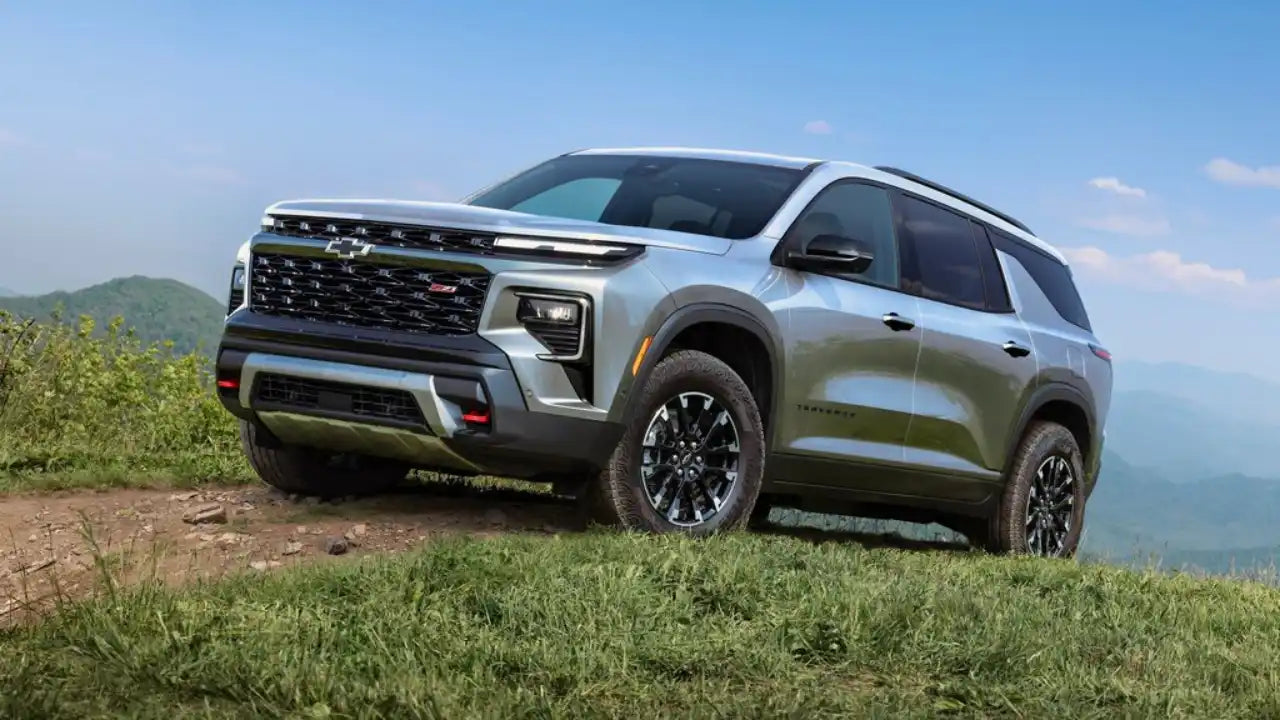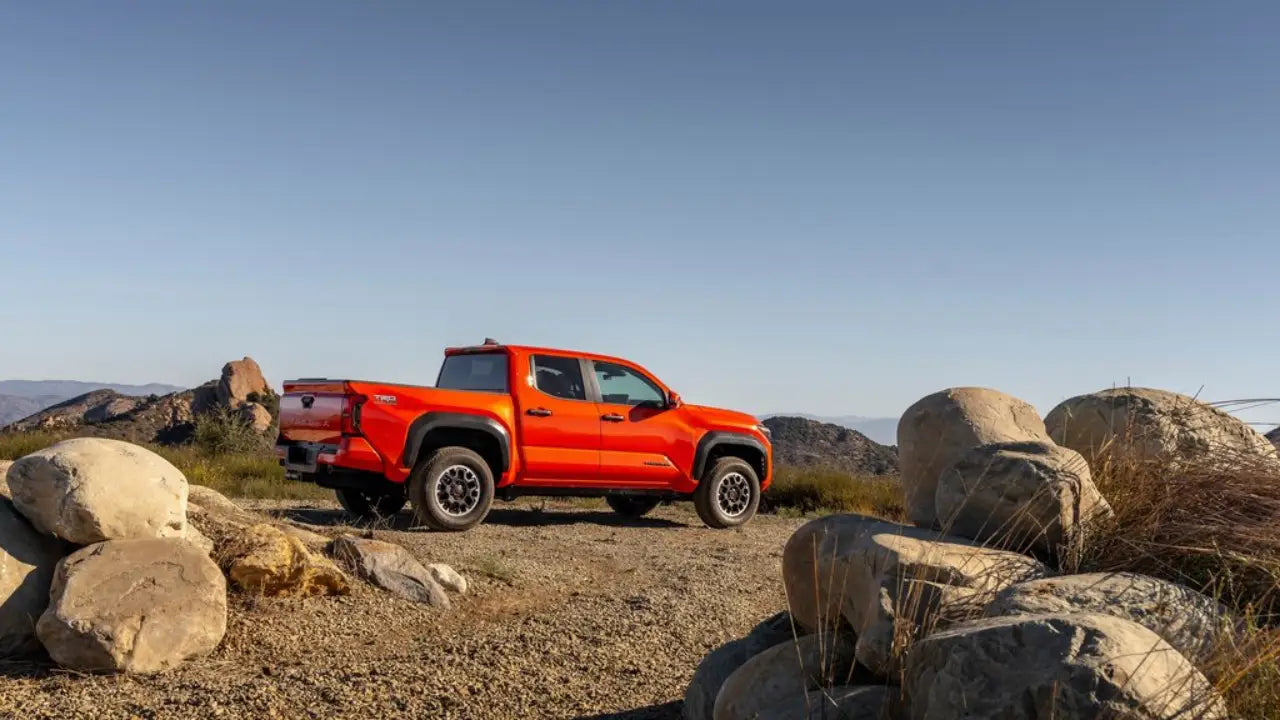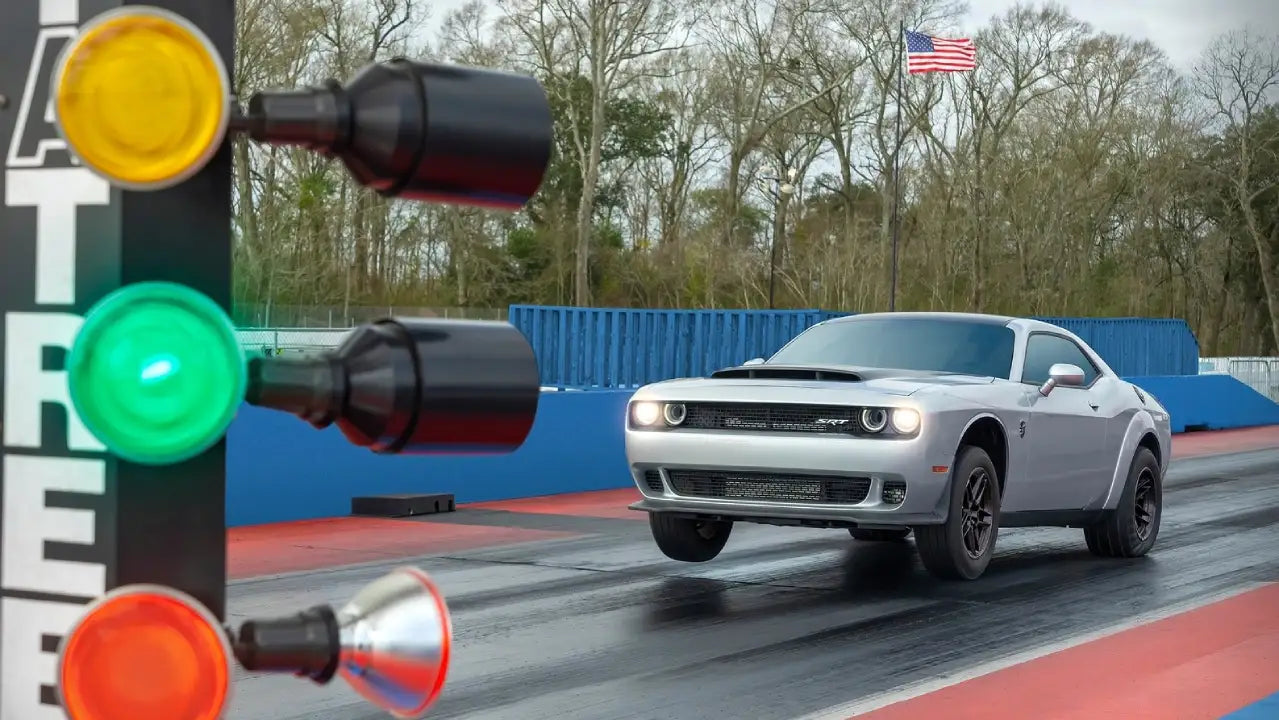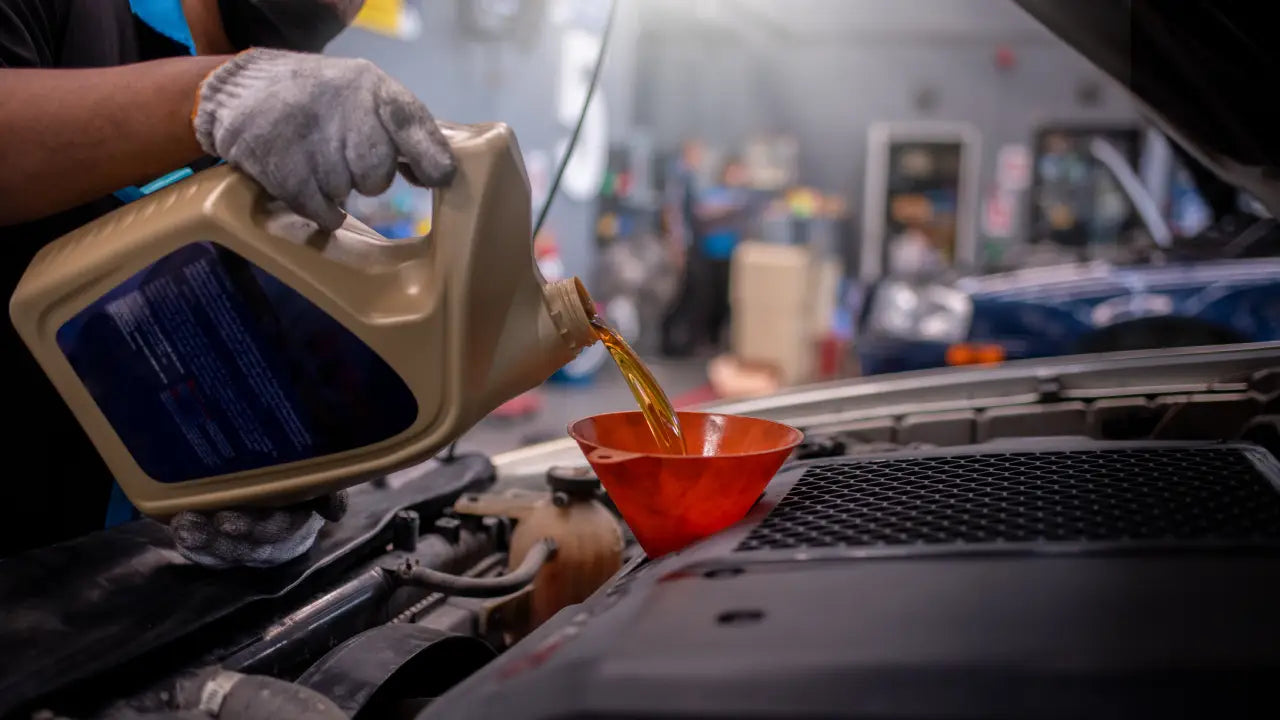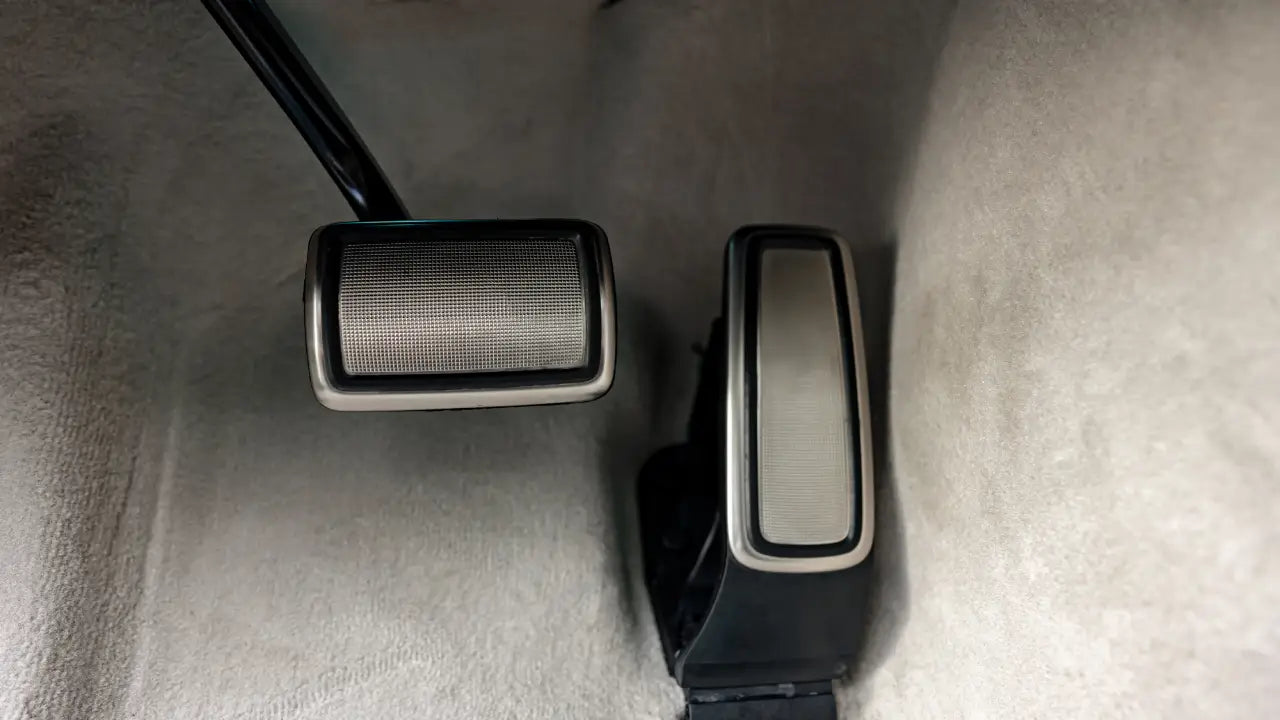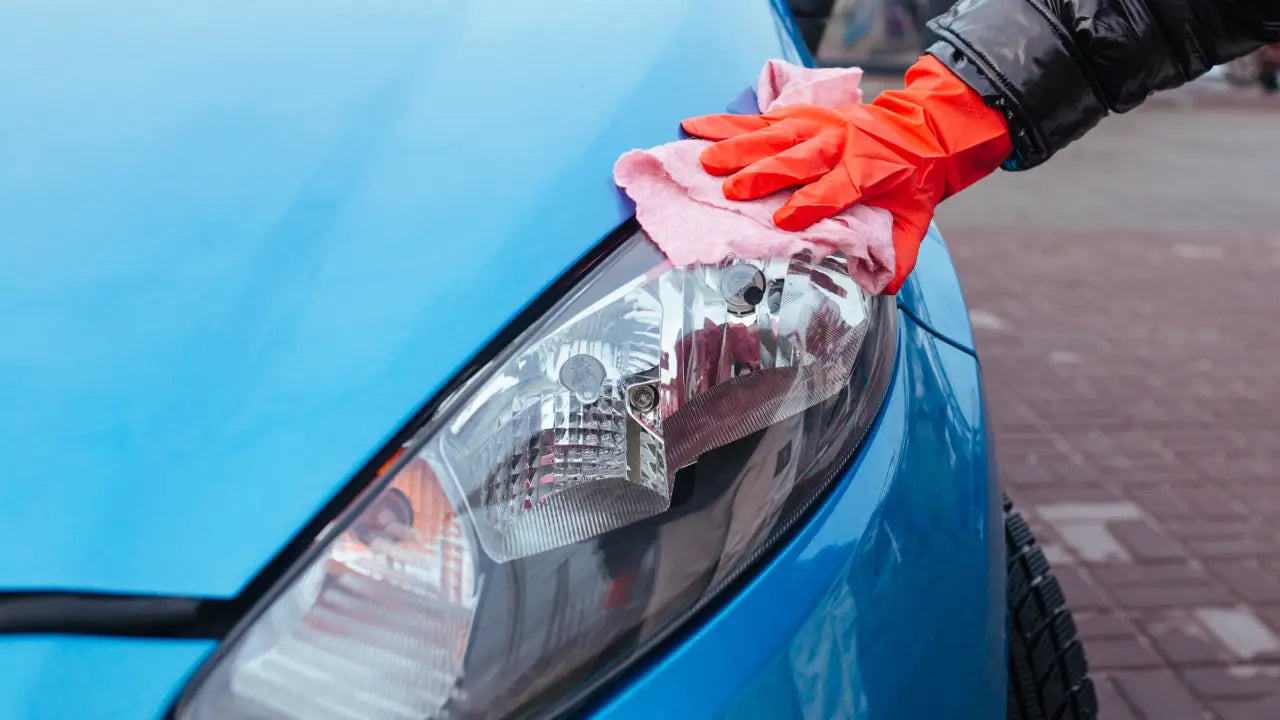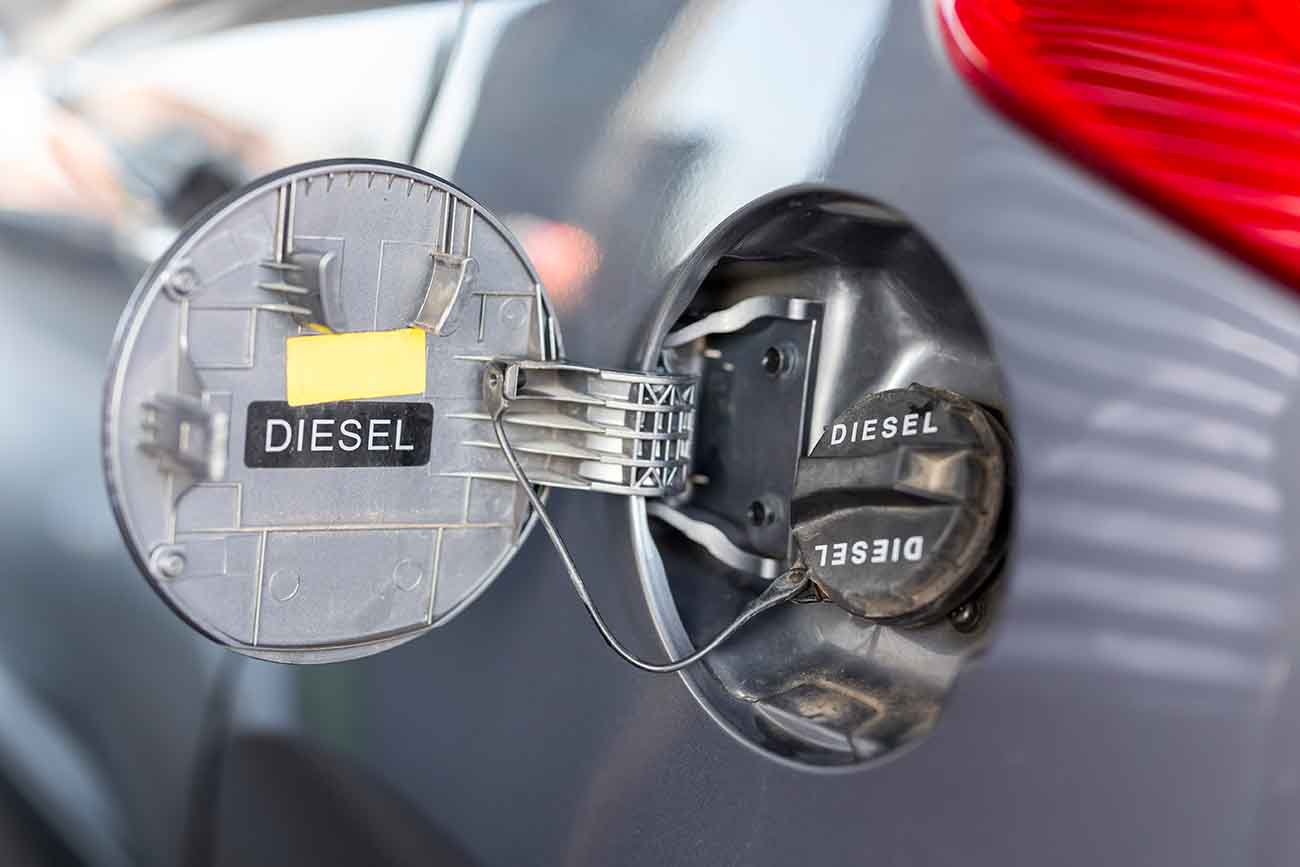Maintaining proper tire pressure is one often overlooked yet critical aspect of vehicle maintenance. Because of insufficient air pressure, underinflated tires lead to uneven wear, poor handling, and longer braking distances. On the other hand, overinflated tires cause an increased risk of blowouts, a harsher ride, and an increased risk of damage due to excessive air pressure.
However, maintaining proper tire pressure extends beyond merely keeping the rubber inflated; it influences safety, fuel efficiency, handling and cornering stability, tire lifespan, environmental impact, etc. So, if you want to learn everything about the importance of maintaining proper tire pressure, all you need to do is read this article till the end!
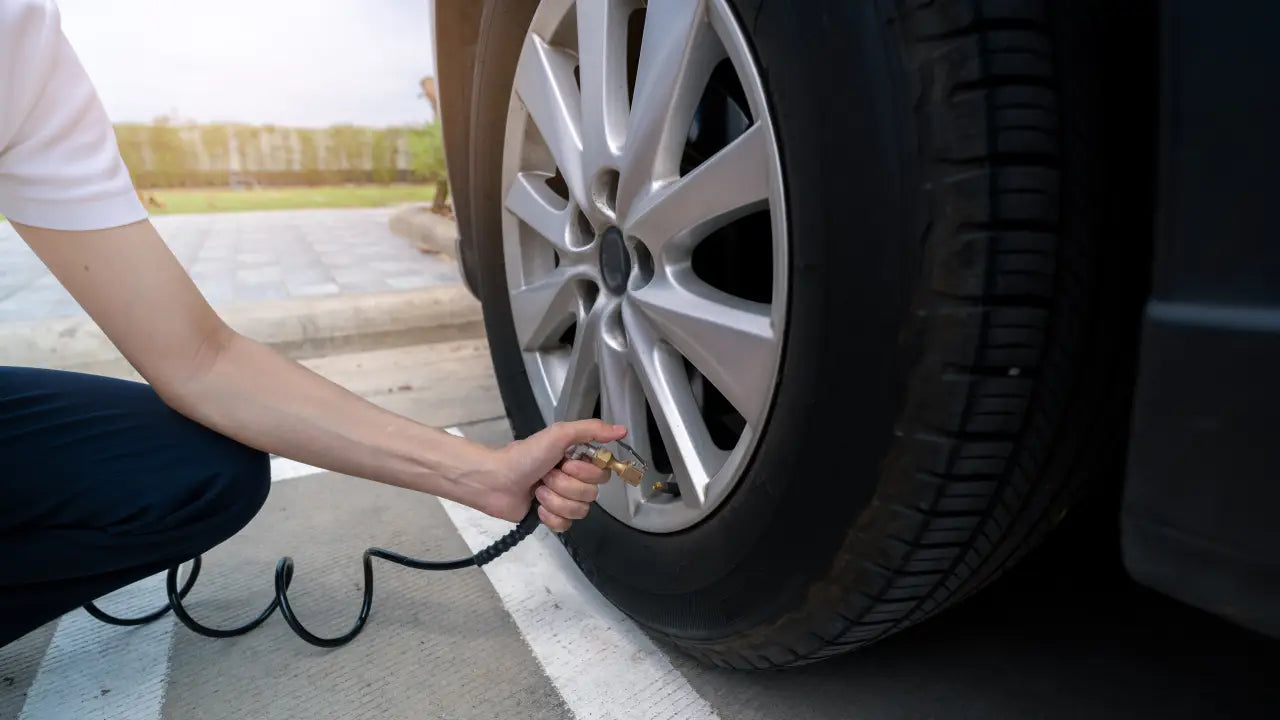
Safety
Safety is one of the primary reasons to maintain proper tire pressure. Underinflated or overinflated tires can lead to a compromised driving experience, increasing the risk of accidents. While low tire pressure causes poor handling, reduced traction, and longer braking distances, overinflated tires are more prone to blowouts, especially during high-speed driving. So, maintaining proper tire pressure allows you to enhance the overall safety of your vehicle.
Fuel Efficiency
Properly inflated tires contribute to better fuel efficiency. When tires are underinflated, the rolling resistance increases, requiring more energy and fuel to move the vehicle. This inefficiency impacts your wallet and leads to unnecessary carbon emissions. So, maintaining proper tire pressure enables you to save money at the pump and reduce your carbon footprint.
Tire Lifespan
Extending tire lifespan is one of the most essential reasons for maintaining proper tire pressure. Especially when you encounter raised pavement markers and rumble strips during your ride, you can understand better the importance of maintaining proper tire pressure. Even though the raised pavement markers and rumble strips are designed for road safety, they can lead to tire wear due to repetitive contact. Thus, maintaining proper tire pressure helps you minimize potential wear impacts on tire lifespan.
Moreover, underinflated tires lead to uneven tread wear, which leads to premature tire deterioration. Over time, this can result in the need for early tire replacement. On the other hand, overinflated tires wear out more quickly in the center, reducing the overall life expectancy. So, maintaining proper tire pressure allows you to extend the tire lifespan and save money in the long run.
Handling and Cornering Stability
Properly inflated tires contribute to optimal handling and cornering stability. Underinflated tires can lead to impaired steering and reduced responsiveness, affecting your ability to navigate corners smoothly. On the other hand, overinflated tires may result in a harsher ride and decreased traction, making it challenging to maintain control during turns. Thus, maintaining proper tire pressure offers a more controlled and safer driving experience.
Braking Efficiency
Maintaining proper tire pressure is crucial for braking performance. Inflated tires increase braking distances, as the larger contact patch generates more friction with the road surface. This extended braking distance can be hazardous in emergencies. On the other hand, properly inflated tires provide optimal contact with the road, facilitating more efficient and responsive braking. This is crucial for everyday driving and emergency scenarios, contributing to overall safety.
Comfortable On-Road and Off-Road Ride
Maintaining the proper tire pressure contributes to a more comfortable on-road driving experience. Even though underinflated tire pressure increases handling performance to a certain degree, very low tire pressure reduces the responsiveness and handling of your vehicle. On the other hand, overinflated tires transmit more road bumps and imperfections to the car, which makes the ride uncomfortable.
Also, tire pressure adjustments are crucial for optimizing traction, stability, and especially comfort in off-road driving. Proper tire pressure enhances grip on rocky trails, prevents sinking in sand, improves traction in mud, and adapts to forested areas. So, maintaining proper tire pressure offers a smoother and more comfortable on-road and off-road ride.
Environmental Impact
Maintaining proper tire pressure has positive effects on the environment. As we mentioned above, it contributes to fuel efficiency. Reduced fuel consumption directly correlates with lower greenhouse gas emissions. Vehicles emit carbon dioxide (CO2) and other pollutants during combustion. So, improved fuel efficiency resulting from maintaining proper tire pressure means fewer emissions per mile traveled, positively contributing to air quality and the overall environmental impact of road transportation.
As you can see, maintaining proper tire pressure is crucial for improving everything about your driving experience, from your safety to braking efficiency. If you want to learn more about car maintenance and car upgrade parts, all you need to do is read our detailed “What Should You Check Regularly on Your Car?” and “Upgrades and Optimizations To Make Your Car More Environmentally Friendly” blogs.
FAQs About Maintaining Proper Tire Pressure
What are practical tips for maintaining proper tire pressure?
- Regular Checks: Make it a habit to check your tire pressure at least once a month. Use a reliable tire pressure gauge to ensure accuracy.
- Optimal Inflation: Refer to your vehicle's manual or the driver's side door jamb information for the recommended tire pressure. Inflate your tires to this specified level.
- Check Cold Tires: Tire pressure changes with temperature. It's best to check and adjust tire pressure when the tires are cold, as driving heats them, affecting readings.
- Inspect for Damage: Regularly inspect your tires for visible damage, such as cuts, bulges, or punctures. Damaged tires can lead to pressure loss.
- Rotate Tires: Regular tire rotation helps ensure even wear. It's an additional opportunity to check tire condition and pressure.
- Mind the Spare: Remember to check the spare tire's pressure. It's often overlooked but is crucial in case of emergencies.
- Use Valve Caps: Valve caps provide an extra layer of protection against dust and debris that can affect the valve core, leading to pressure loss.
- Avoid Overloading: Be mindful of your vehicle's weight capacity. Overloading can lead to increased tire wear and decreased fuel efficiency.
- Consider Seasonal Changes: Tire pressure can be affected by seasonal temperature changes. Adjust accordingly during extreme weather conditions.
- Invest in a Quality Pressure Gauge: A reliable pressure gauge ensures accurate readings, contributing to proper inflation.
Incorporating these practical tips into your routine will maintain proper tire pressure and contribute to a safer, more fuel-efficient, and comfortable driving experience.
How often should I check my tire pressure?
It's recommended to check your tire pressure at least once a month. Regular checks ensure that you catch any pressure discrepancies early and can prevent potential safety issues. Additionally, check the pressure before long trips, and remember that extreme temperature changes can impact tire pressure.
Can I rely on the tire pressure monitoring system (TPMS) in my vehicle?
While TPMS provides a warning if tire pressure is significantly low, it's still essential to manually check the pressure monthly. TPMS might not detect gradual pressure loss and doesn't provide a specific pressure level. Regular manual checks with a gauge ensure accuracy.








